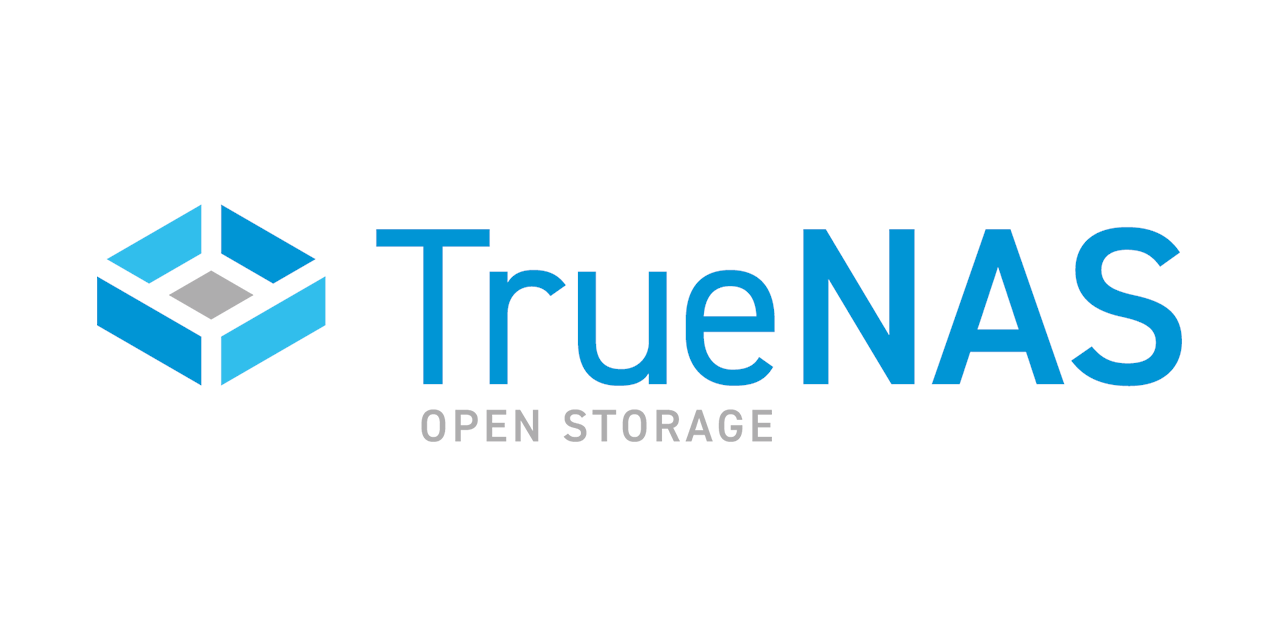Mario Rossi
Cadet
- Joined
- Mar 20, 2024
- Messages
- 7
Hi everyone.
I need to upgrade my home lab.
My hardware firewall with opnsense is dead and my synology nas doesn't satisfy me.
I'm assembling a PC with
- ASRock B650M Pro RS
- AMD Ryzen 5 7600
- 1x Samsung 990 PRO 1TB NVMe M.2 SSD
- 32GB Ram
- 2x 6TB WD Gold sata
Proxmox will be installed on the SSD in RAID0 ZFS
All VMs and CTs will be installed on the SSD
I would like to dedicate the two HDs in RAID1 ZFS to TrueNAS Core which will only act as a domestic NAS and will contain NextCloud inside.
I have read various of your documentation and I understand that TrueNAS should be installed in baremetal but I can't afford it due to costs, consumption and physical space.
I've read the documentation and I'm having a hard time understanding how best to install virtualized TrueNAS Core in Proxmox.
- Do I passthrough the mobo's sata controller?
- - do I configure it in RAID or SATA in UEFI?
- Do I only passthrough disks? (e.g. qm set 103 -scsi1 /dev/disk/by-id/ata-ST500DM002-1BD142-W2AV3B3T)
- Do I install and configure TrueNAS in baremetal on the PC, then export the configuration, format the SSD and install proxmox, install TrueNAS in VM and upload the baremetal configuration to it?
- - but how do I connect the two HDs? always passthrough?
- well, I accept suggestions
- do I leave TrueNAS alone and look for other software that acts as a NAS like Zamba?
In the end I need it to share the files over the network with the other PCs and act as a repository for the data of the other VMs.
Thanks in advance for the replies.
I need to upgrade my home lab.
My hardware firewall with opnsense is dead and my synology nas doesn't satisfy me.
I'm assembling a PC with
- ASRock B650M Pro RS
- AMD Ryzen 5 7600
- 1x Samsung 990 PRO 1TB NVMe M.2 SSD
- 32GB Ram
- 2x 6TB WD Gold sata
Proxmox will be installed on the SSD in RAID0 ZFS
All VMs and CTs will be installed on the SSD
I would like to dedicate the two HDs in RAID1 ZFS to TrueNAS Core which will only act as a domestic NAS and will contain NextCloud inside.
I have read various of your documentation and I understand that TrueNAS should be installed in baremetal but I can't afford it due to costs, consumption and physical space.
I've read the documentation and I'm having a hard time understanding how best to install virtualized TrueNAS Core in Proxmox.
- Do I passthrough the mobo's sata controller?
- - do I configure it in RAID or SATA in UEFI?
- Do I only passthrough disks? (e.g. qm set 103 -scsi1 /dev/disk/by-id/ata-ST500DM002-1BD142-W2AV3B3T)
- Do I install and configure TrueNAS in baremetal on the PC, then export the configuration, format the SSD and install proxmox, install TrueNAS in VM and upload the baremetal configuration to it?
- - but how do I connect the two HDs? always passthrough?
- well, I accept suggestions
- do I leave TrueNAS alone and look for other software that acts as a NAS like Zamba?
In the end I need it to share the files over the network with the other PCs and act as a repository for the data of the other VMs.
Thanks in advance for the replies.

